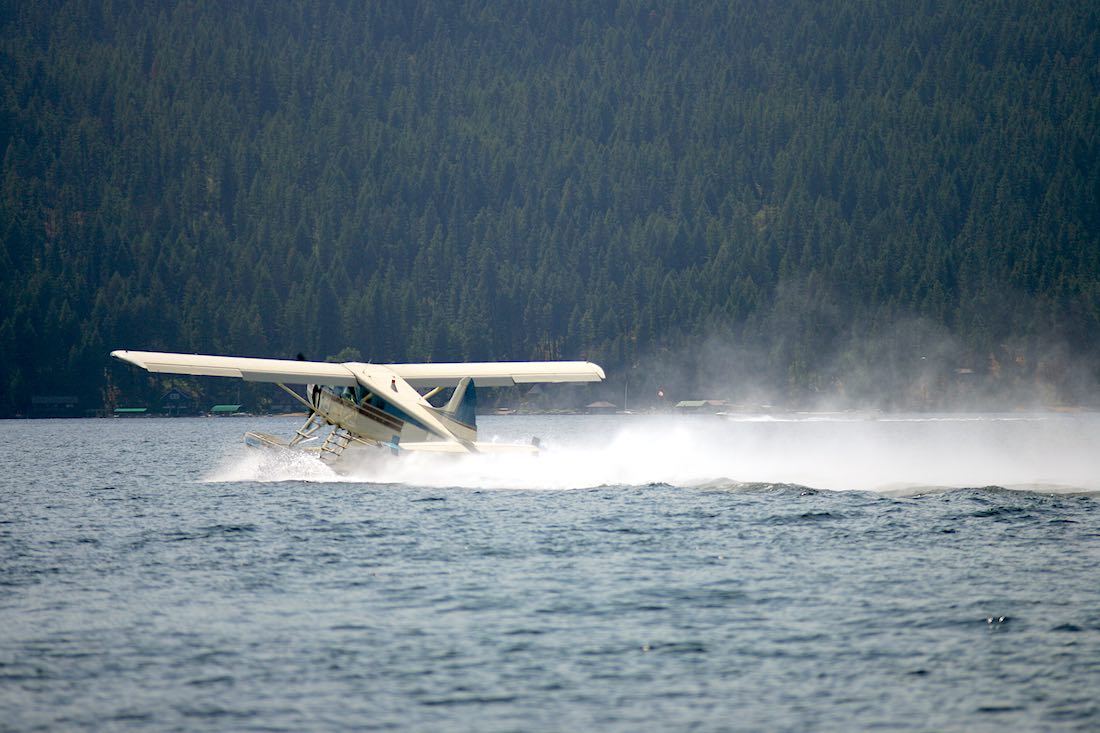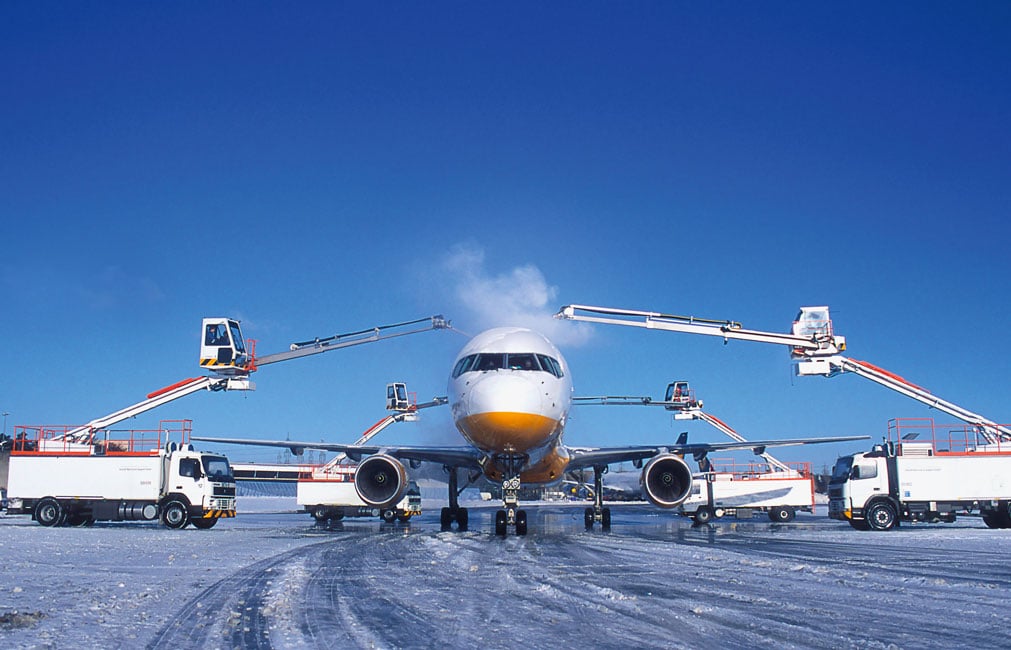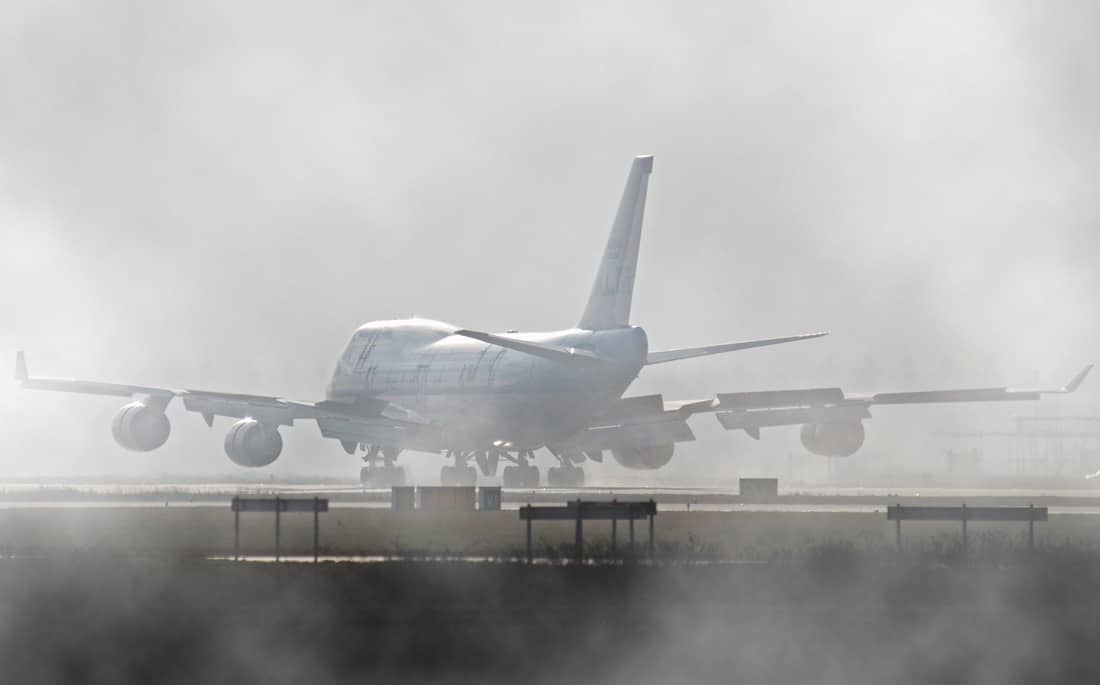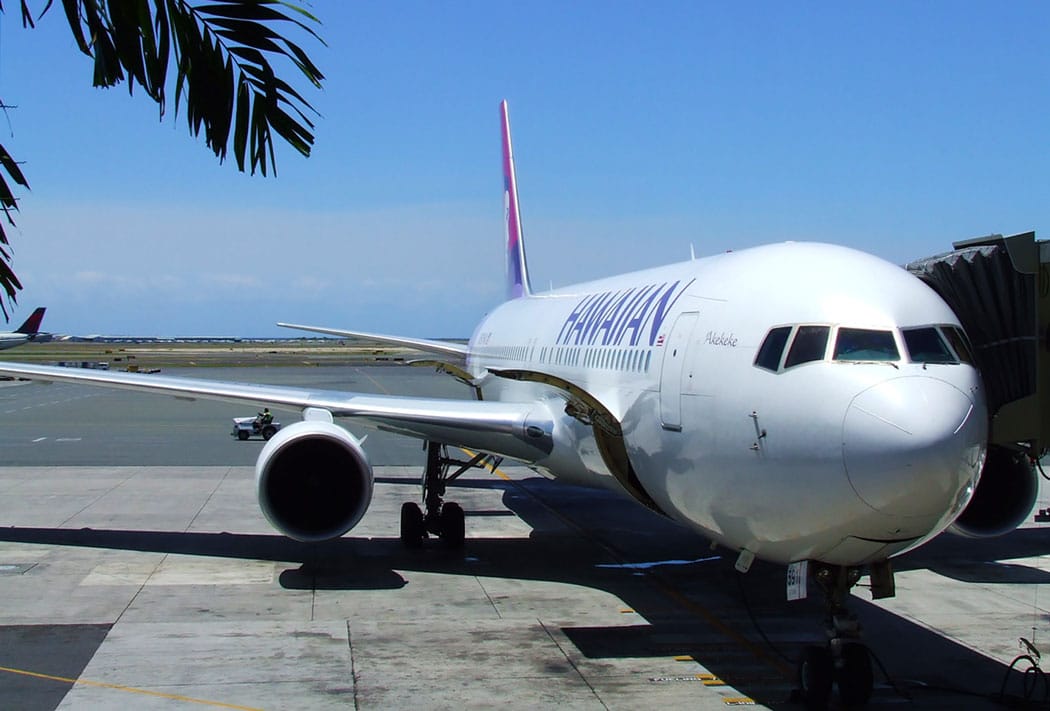Do You Make your Copilot calculate Holdover Time? Now There’s an App for That!
Figuring out Holdover Time (HOT) is usually pawned off onto the copilot. I know, because as a new copilot flying a Citation II out of KMSP, I had that book open so many times the spine was broken…so was mine. The de-ice man would call in our information and while I was writing it down, I’d use the Holdover Charts to write on so inevitably, I’d drop my notes, then the pages would start falling out of the book onto the wet floor. I flew air ambulance so this was often at 0230 in a blinding snowstorm. As captain, I relished in the revenge as I told my copilot to figure out our holdover time. When I reached the airlines, I was surprised that the technology (yes, a book with charts) had not changed and that the first officer was usually stuck trying to figure out the charts.
What’s Holdover Time (HOT)?
For those of you who fly in warmer regions, Holdover Time may not be in your vocabulary. For the rest of us, the general idea is that HOT provides an estimate of how long aircraft anti-icing fluids will be effective in preventing accumulation of more ice, snow or frost on the aircraft. The caveat to that is there is an infinite number of variables to factor into the formula. Since there are approximately 25 million gallons of deicing fluid used on aircraft each year, it’s important to know how to use it.
The Infinite Variables
To begin the variable conundrum, you start by understanding that there are four basic Types of de/anti-ice fluids, but within each Type (Type I-IV), there can be several different brands. You need to know which Type and brand and the concentration of Type to water. Then, everything depends on the temperature and the type of precipitation or atmospheric conditions, but it’s not as easy as it sounds. As you watch the snow gather on your aircraft, you have to consider numerous, variable details. Are you willing to bet your life that the HOT you calculated in the limited time prior to taxi is accurate? Have you read ALL the pertinent chart notes? If it’s snowing, have you applied Snowfall Intensity as a function of prevailing visibility, regardless of what fluid you are using? Do you know what LOUT is and have you considered it? What is the difference between small hail and snow pellets? When do you have to consider whether the operation is conducted during the day or night? And the big question is: Are you ready to do it all over very quickly if the conditions change before you depart?
The Solution
The reality is that most pilots don’t use these tables very often, so when they do, it can be time-consuming when the safety of your flight relies on your ability to get in the air as quickly as possible after being deiced. And, it’s probably calculated incorrectly. One of the new technologies that is streamlining this critically important process is a simple Holdover Calculator app (Holdover Calculator) designed by Kilo Lima Management. For less than a cup of coffee, you can download the app onto your company’s electronic notebook or onto your own smartphone.
Due to the level of complication in the charts, and the variety of levels of experience and knowledge of icing conditions, the process of calculating a HOT is error prone. With the app, all chart notes are considered and applied and the app can query the user to ensure the input is complete and accurate. For example, sometimes getting the precipitation type correct can be difficult. A weather report that contains “GS” can actually be two different types of precipitation with significantly different HOTs. To determine the correct time, the app will ask for more details and then will explain the difference to the pilot. The app does not need to be connected to the internet to work, but if it’s available, you can actually import your airport’s METAR into the app and it will fill in necessary fields. If there are any questions to complete the input, the app will simply ask.
Since I know you had to look up LOUT in the previous paragraph, it’s a reminder that Lowest Operational Use Temperature is often overlooked, or possibly the definition and impact to the operation is completely unknown to the flight crews. Holdover Calculator limits temperature selection to temperatures at or above LOUT. When weather is imported from a METAR that includes a temperature which is below LOUT, the user will be notified. It also gives advice on how to increase LOUT.
The app also has a Pre-Takeoff Contamination check start button that is enabled after the initial HOT is expired which is set for five minutes. Users will be notified of HOT expiration even when the device is sleeping (not locked or silenced) by activating an audible tone (which you select) and presenting a badge on the lock screen.
An Example of Why This App Could Save Your Life
A Gulfstream (G-450) captain, who is an avid believer in Holdover Calculator, was recently at the Jackson Hole Wyoming airport waiting in line to get de/anti-iced during active snowfall. “There were two aircraft in front of us who opted to go the cheap route and get anti-iced with Type I only. Two problems with this are that we actually used the more expensive Type IV and we still ran out of time on the take-off roll. Type I would definitely be a much shorter time, and the crew did not do any kind of exterior inspection of the fluid. The temperature at the time was below LOUT for Type I. So, basically, whatever time they had calculated was incorrect. Essentially their time had expired before they were even done with the de/anti-ice process!” The reality is that they probably had no idea. The aviation world has seen too many accidents as a result of contaminated wings and something as simple as an app could save metal and lives.
Winter flying conditions can be dangerous and the situation is compounded by time constraints. Time is of the essence to get your aircraft into the air after a de/anti-ice application. The miracle of this technology is that what would normally take a pilot 10-15 minutes to figure out, can now be accomplished in just seconds with this app.
The Holdover Calculator by Kilo Lima Management can be downloaded from the App store at iTunes or CLICK HERE. If you have any questions about this app, just contact Kilo Lima Management directly at KiloLimaLLC@icloud.com
Featured Image: Clariant International Ltd., CC2
Carburetor Icing: Trouble For Airplane Pilots Transitioning to Helicopters

I heard a story about carburetor icing from one of my instructors early in my training, one of those stories that makes you wonder if there’s only 10% truth to it. To this day I still don’t know if it’s true, but it’s a story that has stuck with me.
A student helicopter pilot was on a solo flight out near the Florida Everglades. His engine suddenly lost power and he made a successful autorotation landing in the marsh. He was able to radio for help, and his instructor flew another helicopter [Click here to read more…]















Leave a Reply